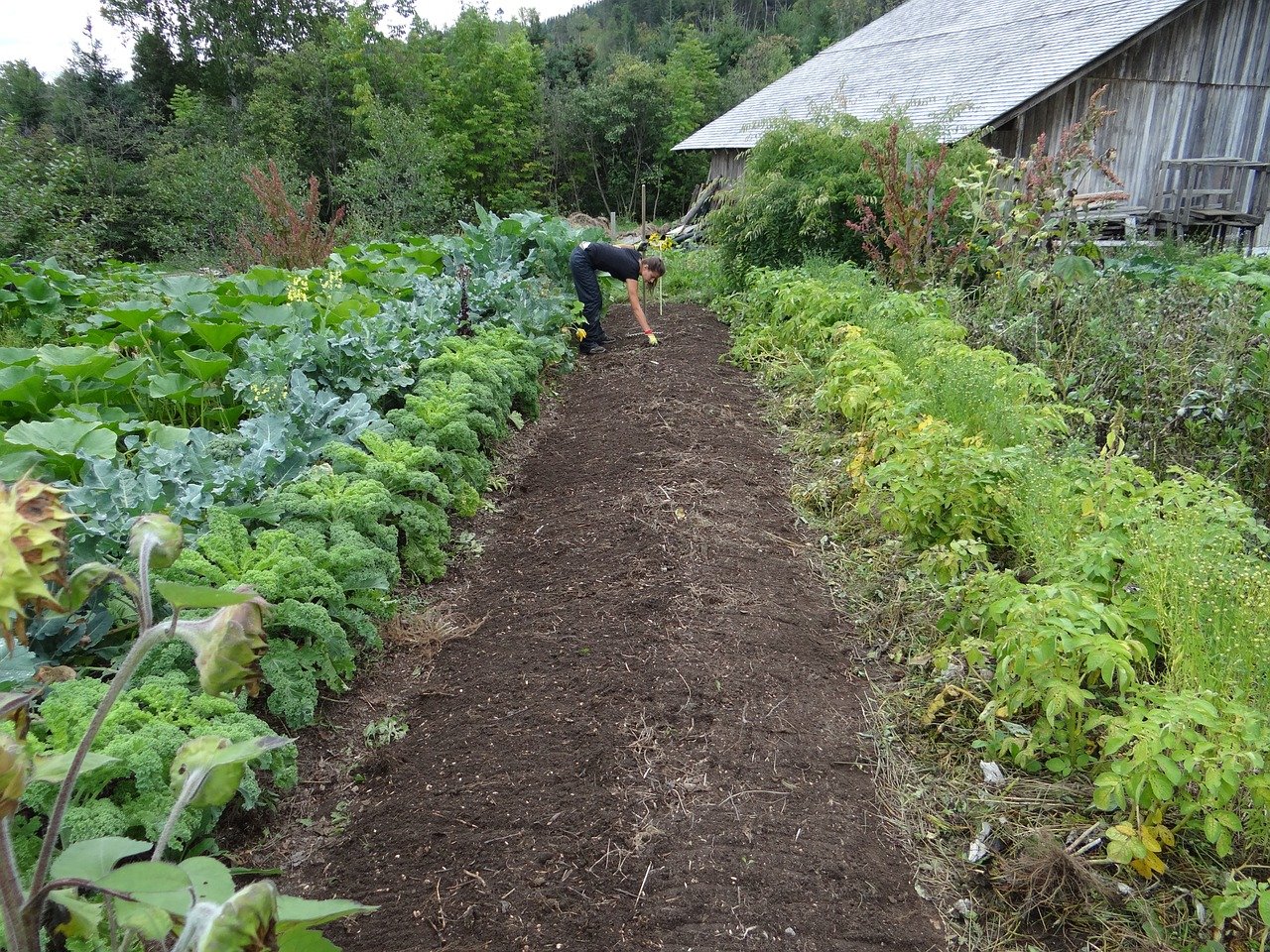As the crisp autumn air settles in, you might think it’s time for gardeners to put their feet up and relax. However, late autumn presents a perfect opportunity to prepare your garden for the next growing season. With a few important tasks, you can ensure your plants are ready to thrive next year and even enjoy fresh, free produce through the winter months.
1. Let Birds In (or Keep Them Out)
While netting can protect fruits like berries and currants, late autumn is a great time to allow birds to help with pest control. Remove any netting from fruit bushes to let birds access and feast on overwintering grubs and pests. This natural pest control will help cleanse your soil for next spring. However, don’t forget to net your overwintering brassicas like kale and sprouting broccoli to protect them from hungry birds such as pigeons.
2. Overwinter Peppers
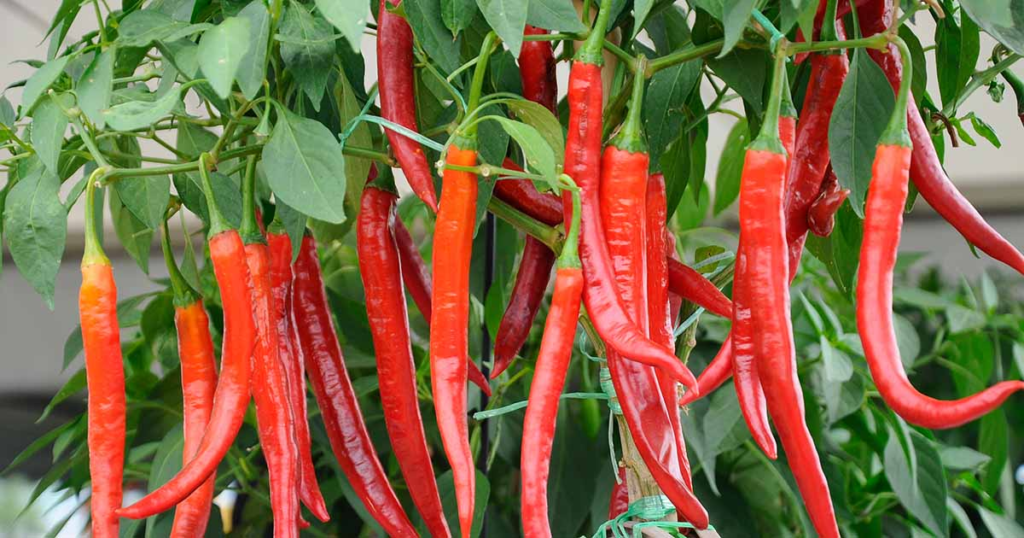
Sweet peppers and chili peppers are typically treated as annuals, but they are actually perennials. To give your plants a head start for next season, dig them up, pot them, and bring them indoors. Place them in a cool, bright room where they can rest. Reduce watering to a minimum and, as daylight increases in spring, gradually reintroduce them to outdoor conditions.
3. Take Fruit Bush Cuttings
November is an ideal time to propagate fruit bushes like currants, gooseberries, and blueberries through hardwood cuttings. After the plants have gone dormant, trim stems about the thickness of a pencil, cutting just below a bud at the bottom and above a bud at the top. Use a well-draining potting mix and plant the cuttings with two-thirds of their length underground. Keep them sheltered and lightly watered throughout the winter to root by spring.
4. Bring in Herbs for Winter
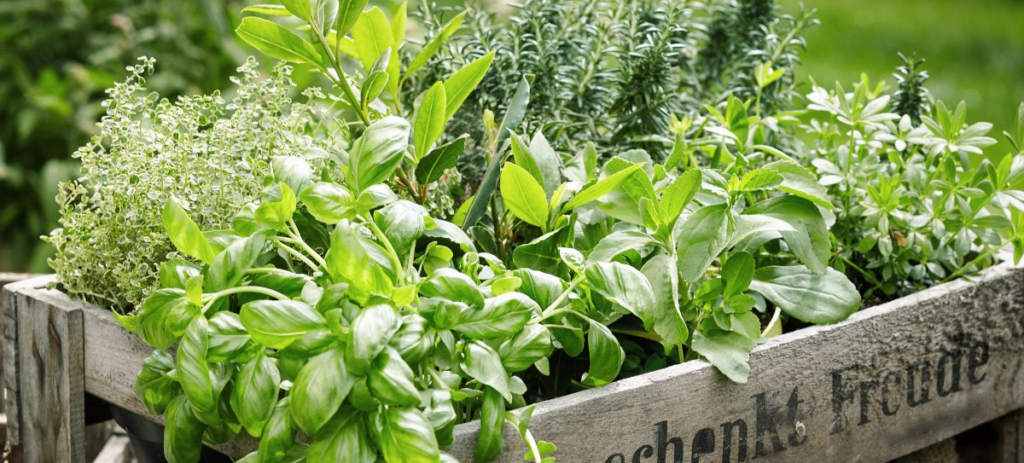
Bring hardy herbs like mint, oregano, chives, and parsley indoors to continue harvesting through the winter. Simply pot up sections of these herbs and place them on a sunny windowsill where you can enjoy fresh flavors even during the colder months.
5. Sow Arugula
Arugula, a fast-growing leafy herb, is perfect for winter window gardening. Sow seeds thinly in a container of potting mix, cover lightly, and water. Consider sowing new seeds weekly to ensure a continuous supply of fresh leaves for winter salads and dishes. If temperatures are harsh, arugula can thrive under grow lights or in a bright windowsill.
6. Add Compost to Beds
Adding compost to your garden beds in November allows it to break down over the winter and enrich the soil. Spread compost about 1 inch deep, even over overwintering crops. The freeze-thaw cycles of winter will further improve the compost’s effectiveness, and worms will help incorporate it into the soil.
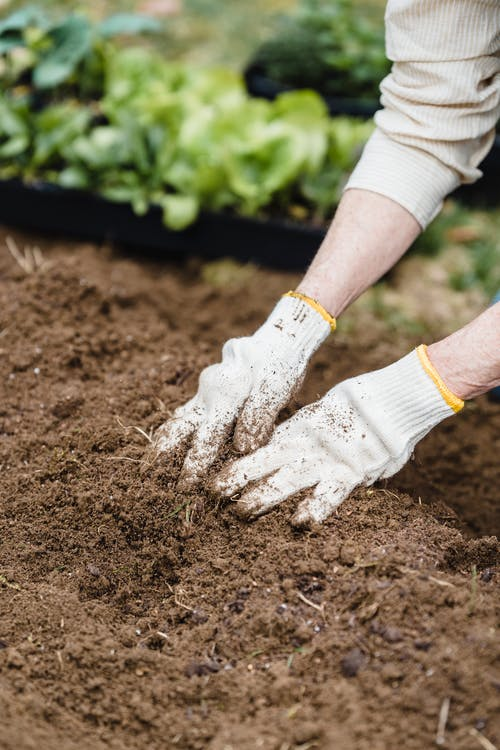
7. Enjoy Winter Produce
The cold temperatures actually improve the taste of certain crops, such as leeks, Brussels sprouts, and root vegetables like parsnips. Frost turns starches in these vegetables into sugars, enhancing their sweetness and flavor. So, embrace the chilly weather and enjoy the improved taste of your winter produce!
8. Remove Damaged Leaves
Remove any yellowed or damaged leaves from your winter vegetables. This will not only improve the appearance of your garden but also reduce the risk of diseases and pests, such as slugs and snails, which may remain active on milder days. Keeping your plants healthy now ensures a better start for next season.
9. Prune Raspberries
Autumn-fruiting raspberries are ready for pruning once their leaves have fallen. Cut all the canes back to the ground to encourage new growth for the next season. For summer-fruiting raspberries, prune out the old canes and tie in the new ones. After pruning, cover your raspberries with a fresh layer of compost or leaf mold for added protection during the winter months.
10. Plant Garlic and Fava Beans
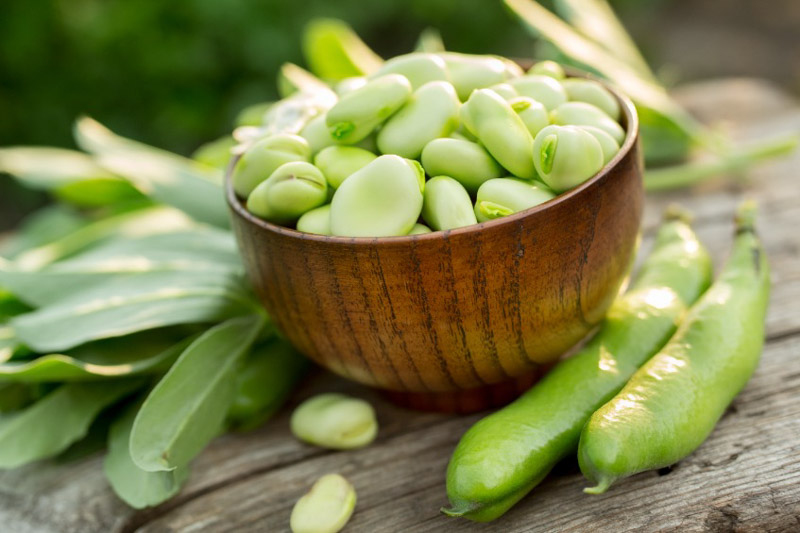
November is a great time to plant garlic and fava beans. These easy-to-grow crops can be started in the ground or in containers. Garlic will provide an intense flavor boost to your cooking, and fava beans will be one of the first crops you harvest next season. Both are simple to grow and well worth the effort for an early spring harvest.
By tackling these tasks, you’ll be setting yourself up for a successful growing season ahead. With some preparation and care, your garden will be healthy and productive in the coming year.
